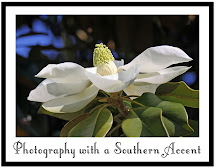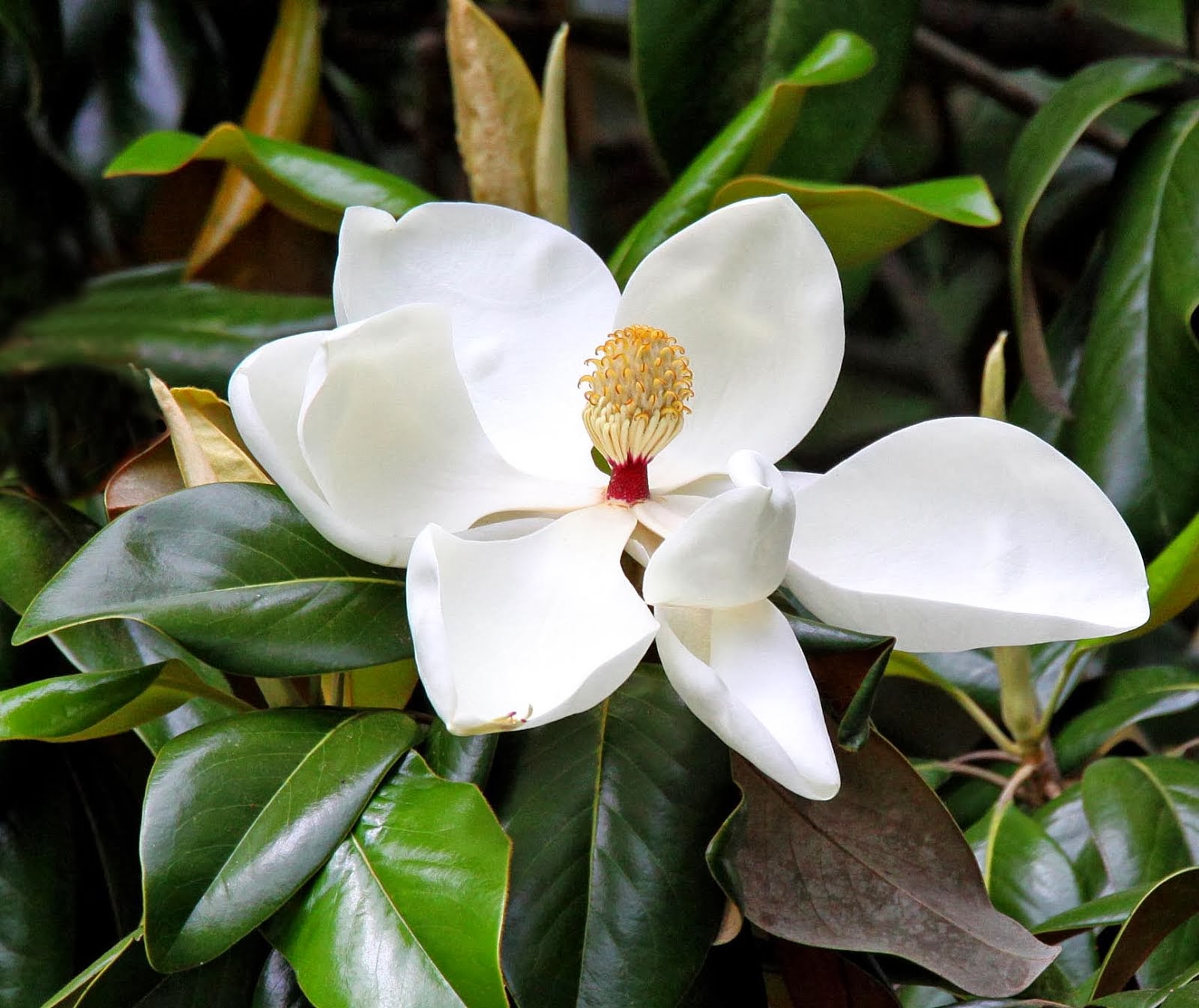I have a "Live Traffic Feed" widget on the sidebar of my blog which records the most recent visitors to Southern Lagniappe. A couple of days ago I just happened to notice that I had a visitor from a place called Gdynia, Pomorskie, and I was curious about where in this wonderful world of ours that might be.
Of course, thanks to Google (whatever did we do without it!), I was able to locate Gdynia (pronounced Ga-din'-e-a), which is in the state of Pomorskie in Poland ... 5,131.9 miles, as the crow flies, across the Atlantic from Vicksburg Mississippi, as shown by the red arrow on the map below ...
In the process of determining the mileage, I discovered a very interesting website called Grolier Online Atlas, which provides the mileage between hundreds of cities worldwide. I was surprised that it was "only" 5,000 miles between Vicksburg and Gdynia.

A small fishing village on the Gulf of Gdánsk (part of the Baltic Sea), until the 20th century, Gdynia was rapidly built into Poland’s largest and busiest sea port after World War I. As a result, it's mainly a very modern city. The most significant older attraction is the 13th-century St. Michael the Archangel Church.
[Photo borrowed from Wikimedia Commons]
Two museum ships in the harbor, a destroyer and a frigate, are also popular with visitors. Gdynia has a thriving cultural life and in September hosts the annual Polish Film Festival, sometimes called the “Polish Cannes.”
Gdynia, the spa town of Sopot, and the city of Gdánsk, form a metropolitan area called the Tricity, with a population of over a million people. Temperatures this time of year range from the 40s at night to the 50s during the day.
While researching Gdynia, I came across a collection of aerial photos and have included them below.

In the photo below, you can see the "Silver Screen" building in the foreground. I assume that is where the film festival is held ...
[Photos borrowed from Gdynia Aerial Photographs website]
I couldn't help but wonder about my visitor from Gdynia, and what led him or her to visit Southern Lagniappe to read my story about an old abandoned house in Natchez, Mississippi ... The Rest of the Story about an Old House. I'm curious about their age, gender, occupation, and what kind of house or apartment they live in ... so many questions I'd like to ask them about life in Gdynia.
I was also curious about houses in Gdynia, and came across a real estate website which had a couple of listings. The house in the following picture has a list price of 341,615 pounds, which is $547,984.62 in US dollars.
And this house is listed at 289,855 pounds ($464,637.57 in US dollars).
What a pretty sunroom!
As far as architectural styles go, these two houses could easily be located in the United States.
I hope my visitor enjoyed his or her visit to Southern Lagniappe, and will visit me again sometime. I'm so pleased they stopped by and inspired me to learn a little about their city halfway around the world from Vicksburg. Isn't the Internet and its "butterfly effect" awesome!








































































